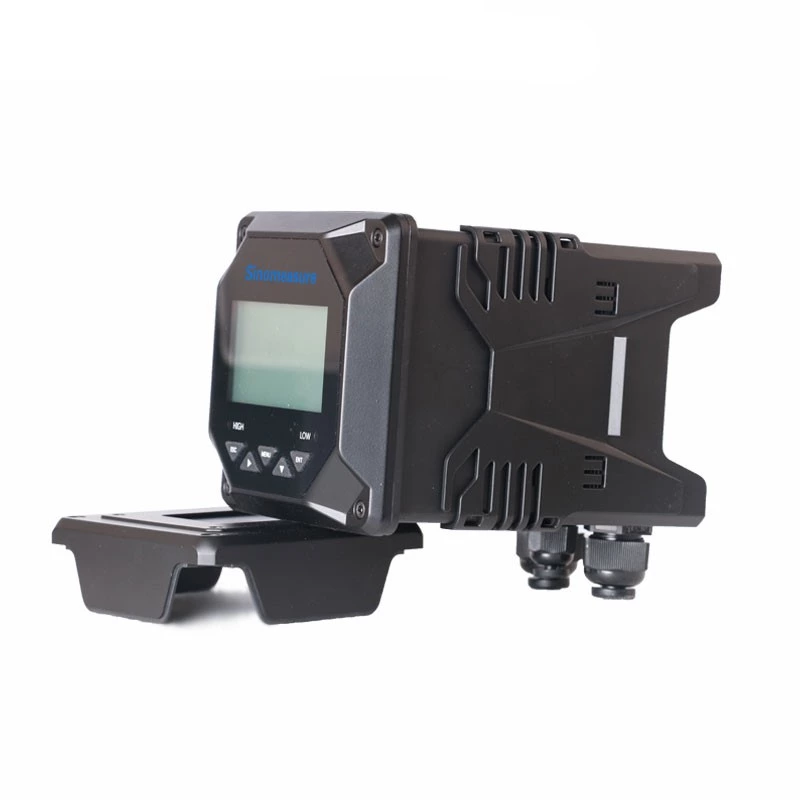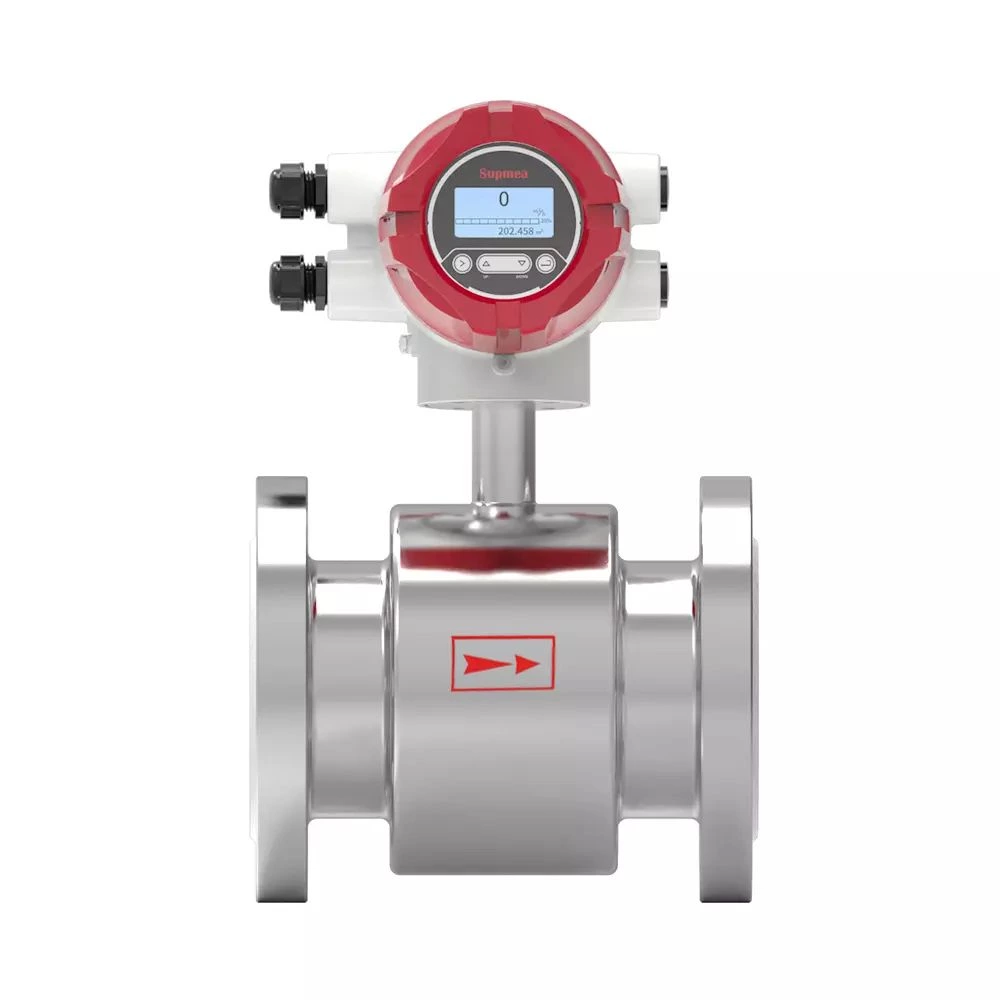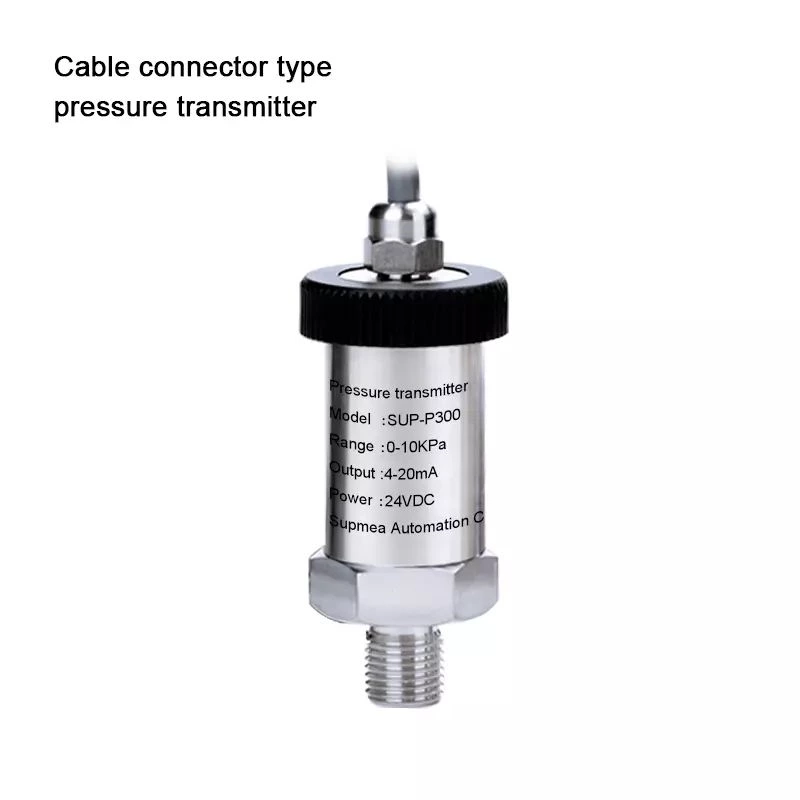SIN-PTU8012 Low turbidity sensor
Range: 0.01-100NTU
Resolution: The deviation of reading in 0.001~40NTU is ±2% or ±0.015NTU, choose the bigger one; and it is ±5% in the range of 40-100NTU
Flow Rate: 300ml/min≤X≤700ml/min
Pipe Fitting: Injection Port: 1/4NPT; Discharge Outlet: 1/2NPT
-
Introduction
A turbidity sensor is a device that is used to measure the level of cloudiness or haziness in a liquid. It is an important tool in the field of water quality monitoring, as it can provide valuable information about the amount of suspended solids or particles in a sample. The sensor works by passing a light through the liquid and measuring the amount of light that is scattered or absorbed by the suspended particles. This information is then used to calculate the turbidity of the sample.
Turbidity sensors are commonly used in a variety of applications, including drinking water treatment, wastewater treatment, and environmental monitoring. They are particularly useful in situations where the presence of suspended solids can have a negative impact on the quality of the water, such as in industrial processes or in natural bodies of water.
There are several different types of turbidity sensors available on the market, each with its own unique features and capabilities. Some sensors use infrared light to measure turbidity, while others use visible light. Some sensors are designed to be immersed directly in the liquid being measured, while others are designed to be mounted in a flow cell or other type of housing.
When selecting a turbidity sensor, it is important to consider factors such as the type of liquid being measured, the expected range of turbidity levels, and the required level of accuracy. It is also important to ensure that the sensor is properly calibrated and maintained in order to ensure accurate and reliable measurements.
Turbidity measurement instruments are used in a variety of industries, including municipal water treatment, food and beverage processing, and pharmaceutical production. They provide a critical measurement of water quality and can help ensure that the liquid being used is safe and meets regulatory requirements. The use of turbidity measurement instruments can help improve process efficiency, reduce waste, and ensure the quality of the finished product.
-
Specification
| Product | Turbidity sensor |
| Measure range | 0.01-100NTU |
| Measurement Accuracy | The deviation of reading in 0.001~40NTU is ±2% or ±0.015NTU, choose the bigger one; and it is ±5% in the range of 40-100NTU |
| Flow Rate | 300ml/min≤X≤700ml/min |
| Pipe Fitting | Injection Port: 1/4NPT; Discharge Outlet: 1/2NPT |
| Environment temp | 0~45℃ |
| Calibration | Standard Solution Calibration, Water Sample Calibration, Zero Point Calibration |
| Cable length | Three-meter standard cable, it is not recommended to extend |
| Main materials | Main Body: ABS + SUS316 L, |
| Sealing Element: Acrylonitrile Butadiene Rubber | |
| Cable: PVC | |
| Ingress protection | IP66 |
| Weight | 2.1 KG |
SIN-PTU8012 Low turbidity sensor widely used in such fields as sewage plants, drinking water plants, water stations, surface water, and industries for inspecting the turbidity.






















